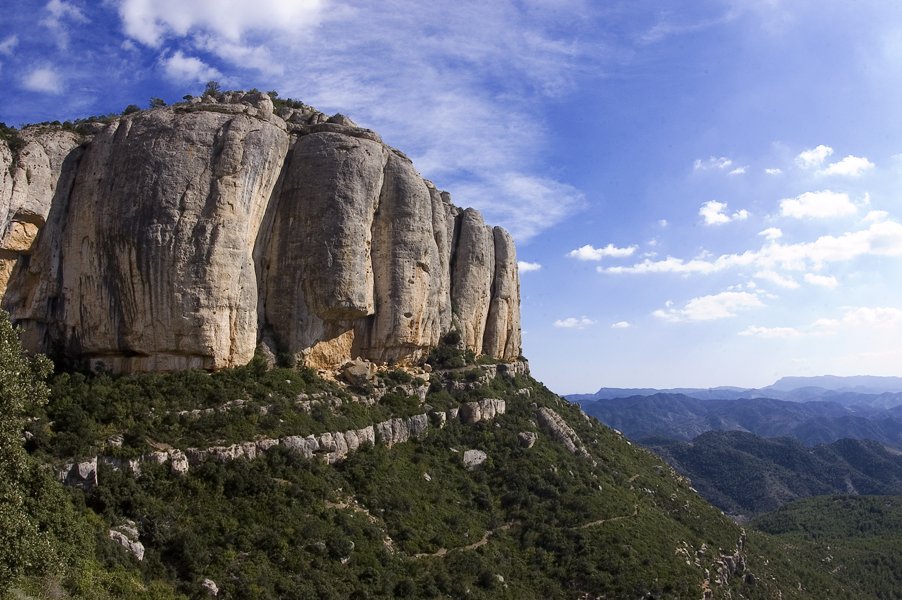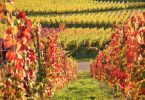The Wolf Post, supported by a Cultural Association, offers a professional service with free access, without subscription.
For this reason, a donation would also be a sign of appreciation for our work.
The so-called heroic viticulture belongs to some regions whose extreme geographical characteristics (such as steep slopes, which exceed 30% and can reach up to 85%) make working in the vineyard (entirely manual) a very demanding and risky activity.
Known as mountain viticulture, the heroic name indicates the audacity of those who work on such inaccessible terrain (currently, it is estimated that around 5% of the wineries produce wines from heroic viticulture in the world) for whose protection, in 1987, CERVIM is born (Center for Research, Study, Safeguard, Coordination and Enhancement of Mountain Viticulture and steep slopes). An international body which, among other things, establishes the necessary requirements to define a heroic vineyard. The height is one of these (above 500 meters) as is the slope, always greater than 30%. More: manual and non-mechanized work, the use of rare vines, as well as the location of the vineyard on slopes and / or terraces, the use of rare and indigenous vines or the characteristics that may derive from the extreme climatic conditions of each region.
Spain has an important heroic wine culture, spread throughout the Iberian territory.
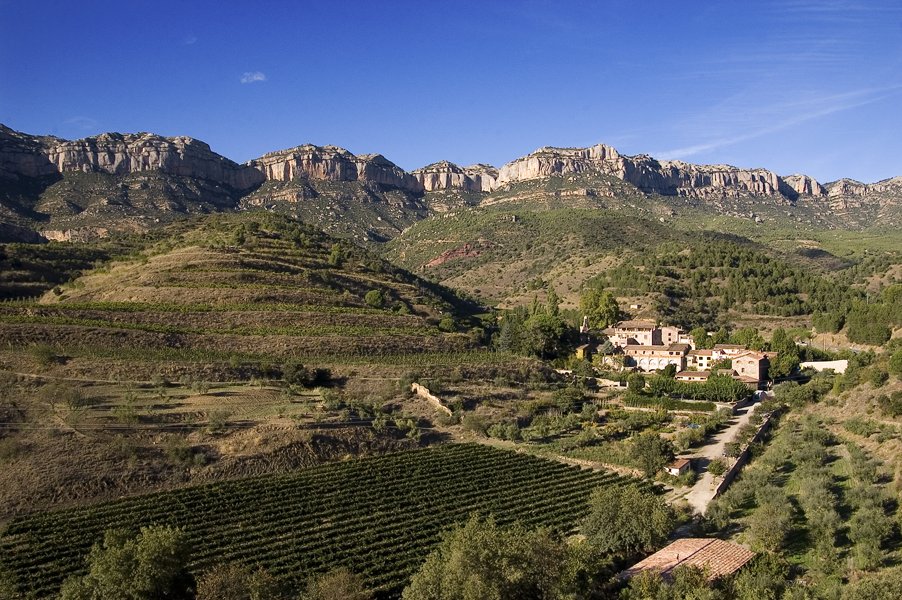
© Ruta del vino Priorat-Escaladei-Priorat-CCPriorat-Joan Capdevila
The Canary Islands are one of the most evocative examples of heroic viticulture with high altitude areas of about 1700 meters above sea level and slopes greater than 30%.
In particular, Lanzarote is a magnificence of nature, with its vineyards located on volcanic slopes based on the Malvasía de Lanzarote variety. Some vineyards are buried in pits of volcanic ash, as happens in the Geria area where the thickness of the lapilli layer reaches up to three meters in height.
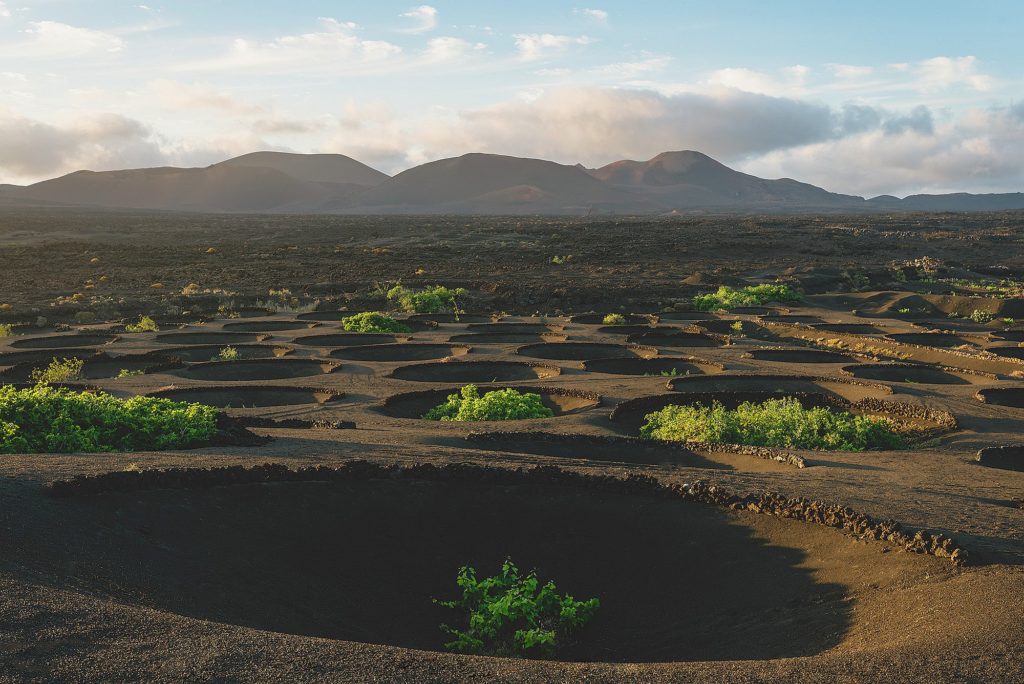
DO Lanzarote
In the area of Tinajo and Haría, the system of moats is used, perimeter throughout the land. The lapilli layer in this area is less, especially in Haría (source DO Lanzarote). Lanzarote is a unique landscape in the world where the work in the vineyard is, inevitably, manual and very tiring.
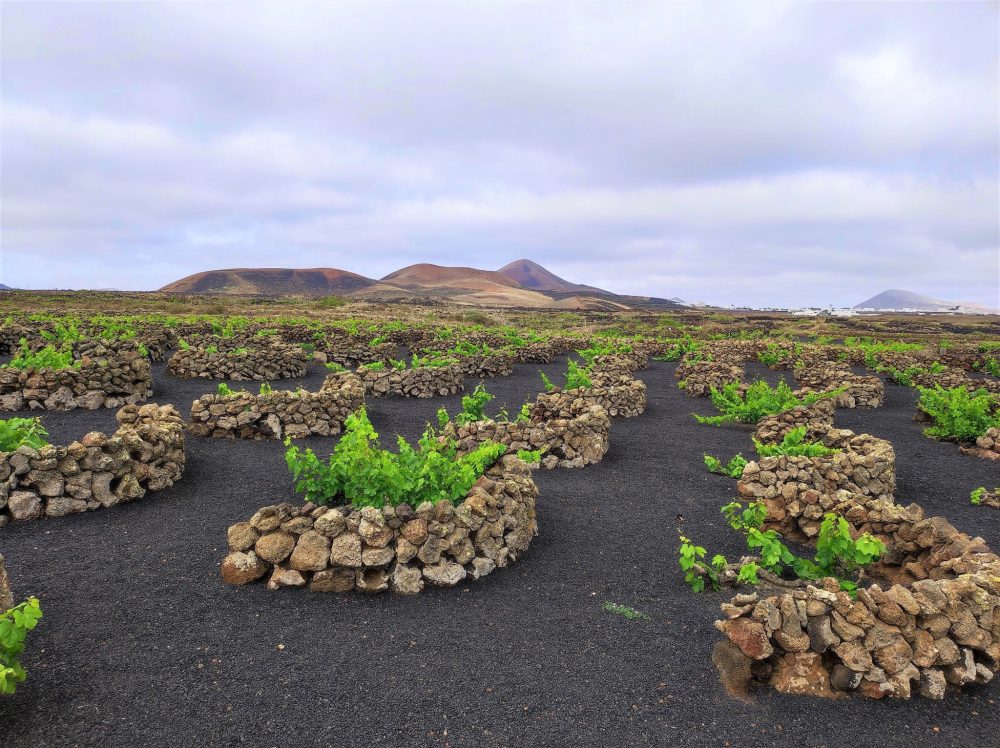
DO Lanzarote
Priorat, in Catalonia is another “heroic” Spanish wine-growing area with slopes of up to 60% and centuries-old vines. The Priorat Qualified Designation of Origin covers just 20,000 hectares of land and only 1,600 are planted with vines. The reduced production is offset by fine wines, appreciated for their personality and complexity. Priorat’s “heroic” viticulture is distinguished by poor mechanization, small vineyards, usually organized in terraces, due to adverse weather conditions.
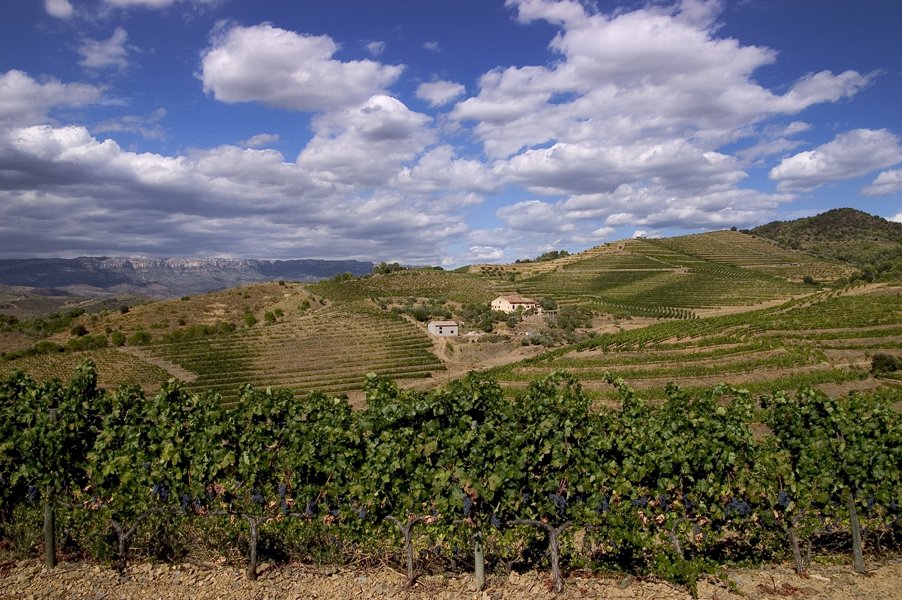
© Ruta del vino Priorat-Paisatge prioratí-CCPriorat-Joan Capdevila
The cultivation of vines is distributed at altitudes ranging from 100 meters above sea level in the lower parts of the municipalities of Bellmunt del Priorat and Molar, to 750 meters in the highest parts of the Morera de Montsant and Porrera district – explains the Regulatory Council of the DOC Priorat. The configuration of the crops is characterized by slopes that in most cases exceed 15% and some farms reach 60%. The winding geography of this area makes it necessary to cultivate the vineyard on slopes (“coster” in Catalan), some of which do not allow mechanical access. For this reason we operate following the most traditional forms of cultivation. The landscape generated by these vineyards is one of the characteristics of the Priorat, which gives it this strong personality and identity.
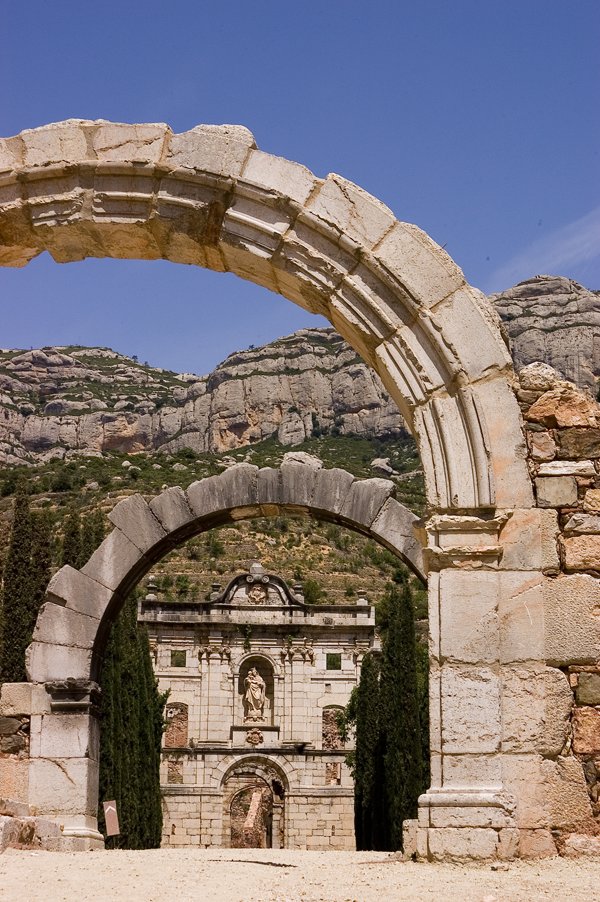
© Ruta del vino Priorat-Cartoixa d´Scala Dei-Priorat-Joan Capdevila
The Ribeira Sacra, in Galicia, between the Galician provinces of Ourense and Lugo, occupies an area of vineyards of approximately 2,500 hectares. Most of these vineyards are arranged on narrow terraces, built on slopes that reach a slope of 85%, characteristics that make Ribeira Sacra one of the most representative regions in the world of Heroic Viticulture. This peculiarity, together with the peculiar characteristics of soil and climate, make the wines of the area really special.
Equally noteworthy is the still little known heroic viticulture of Cangas del Narcea in Asturias, the smallest of the Spanish DOs.
It is not Nature that adapts to man but the opposite, especially in the case of heroic viticulture where the hands are the only means to take care of the vineyards and where physicality is the added value.
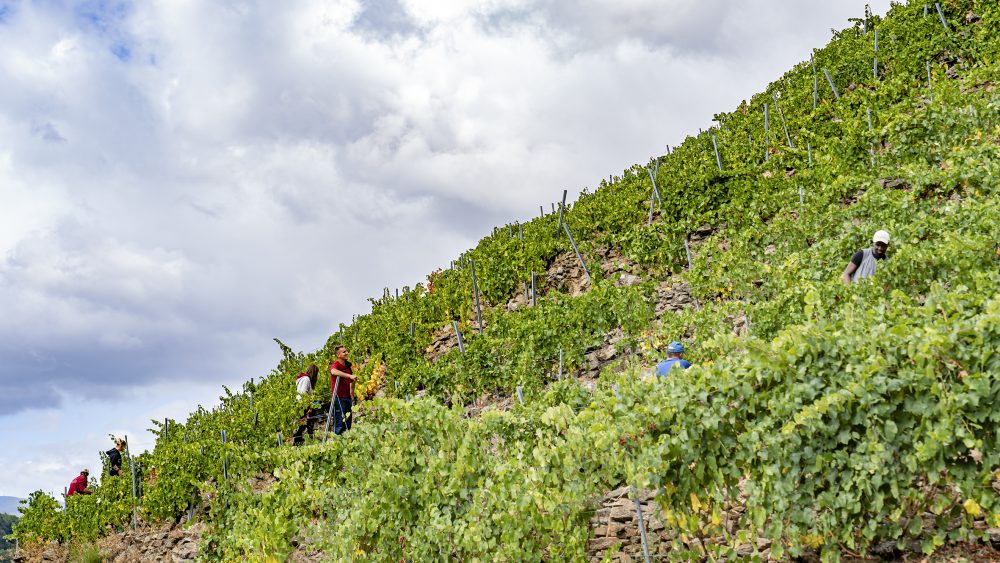
©Do Ribeira Sacra
Technology (such as drones, for example), is a considerable help to maintain the heroic wine heritage.
The challenges for the future of these realities are manifold. In order for heroic viticulture to continue over the years it is necessary to train generations of increasingly specialized professionals and inform passionate users so that they can choose “heroic” destinations even for a different wine tourism.
Spain, with important investments in the wine sector (dissemination, wine tourism schools …) has accepted the challenge to keep alive the heroic viticulture symbol of a nation with a historical wine traction.


